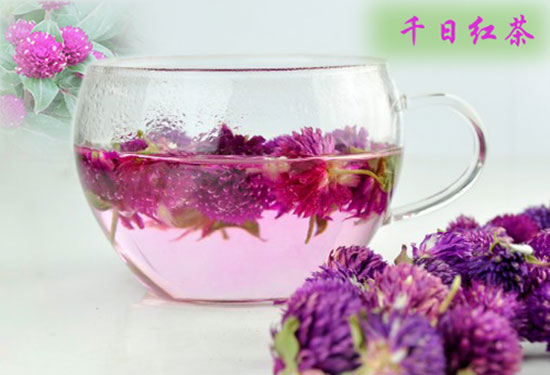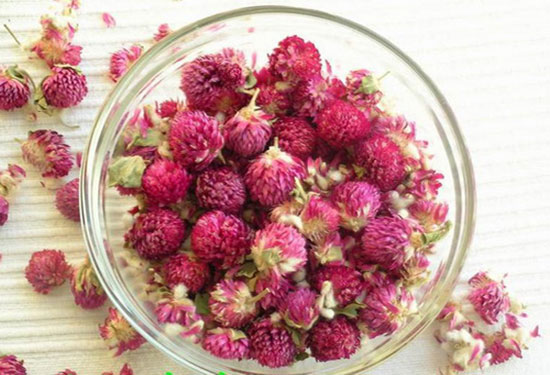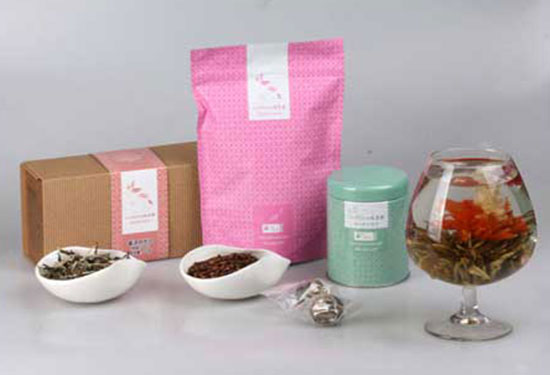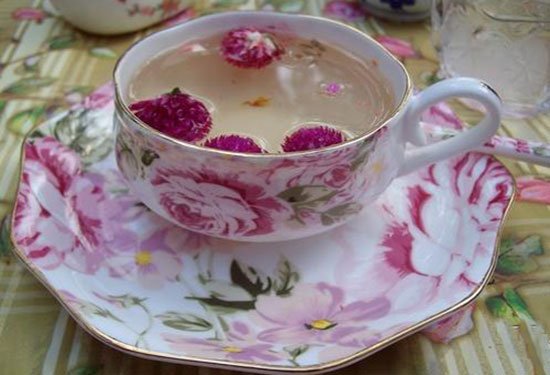What are the effects and functions of Qianrihong?
Thousand-day red flowers are dazzling, with red, purple and white these three colors, there are still great achievements in a wide range of ornamental value, so in addition to decorating the home for people to watch, what are the effects and functions of thousand-day red? If you go down with doubt, you will be able to achieve the medicinal function of Thousand Ribbon.
The editor recommends: family Flower cultivation "five elements Theory" introduction to the planting methods of lavender which are suitable for indoor cultivation

Click on the picture to learn more about it.
The characteristics of thousand-day red: annual herbs, plant height of 45 to 60 meters. There are many branches on the plant. The oval leaves stand opposite. The flowers are like balls, all blooming at the top of the branches. The flowers are small and dense, the bracts are very good-looking membranous, lilac, do not fall after drying, the color is difficult to disappear. The colors of the flowers are white, purple and red, and the florescence is from August to October.

Click on the picture to learn more about it.
What are the effects and effects of thousand-day red? Dry red flowers are dry membranous, so although the leaves are withered, the flowers are still there, although the color is long but gorgeous, it is suitable for arranging flower beds, flower borders or pot cuts, especially for cut flowers. People often pick inflorescences to make dried flowers as ornaments. Inflorescences are used as medicine to treat pertussis, asthma and other diseases.

Click on the picture to learn more about it.
Thousand-day red is native to the subtropics and has a habit of being warm and dry, but it is not cold-resistant and has high requirements for sunlight. The more glossy it grows, the better. If sufficient sunshine is required, the nature is strong, and it is appropriate for the soil to be loose, fertile and well drained.

Click on the picture to learn more about it.
Cultivation: thousand-day red because of its membranous flowers, leaves with tomentose, especially resistant to drought, so open-field planting, do not need frequent watering, and few diseases and insect pests, but avoid wet water, pay attention to drainage in summer. The root system is shallow, the single plant is easy to reverse, and the pillar needs to be inserted. Apply sufficient base fertilizer when planting, but no more fertilizer in the future.
Related
- Wuhan Hospital Iron Tree Blooming Result Was Instantly Frightened by the Gardener Master
- Which variety of camellia is the most fragrant and best? Which one do you like best?
- What is the small blue coat, the breeding methods and matters needing attention of the succulent plant
- Dormancy time and maintenance management of succulent plants during dormancy
- Minas succulent how to raise, Minas succulent plant pictures
- What are the varieties of winter succulent plants
- How to raise succulent plants in twelve rolls? let's take a look at some experience of breeding twelve rolls.
- Attention should be paid to water control for succulent plants during dormant period (winter and summer)
- Watering experience of twelve rolls of succulent plants
- Techniques for fertilizing succulent plants. An article will let you know how to fertilize succulent plants.



